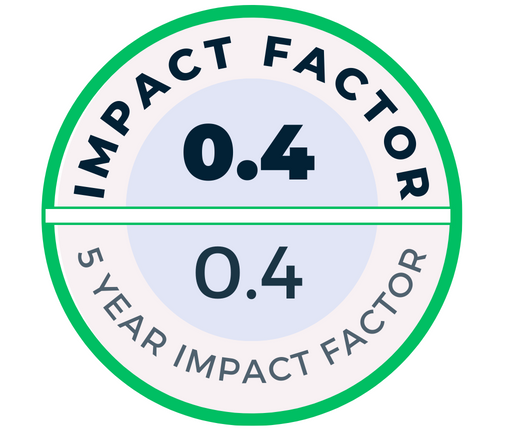It is well known that the gut microbiome is closely linked to animal health. The purpose of this study was to determine the species diversity of the gut microbiota for subsequent ongoing monitoring of the health of sika deer (Cervus nippon) at the “Losiny Ostrov National Park” near Moscow (Russia). We identified the composition of the gut microbiota using the microbiological method as the most accessible for regular monitoring of the health of sika deer. Identification of microorganisms was carried out using time-of-flight mass spectrometry. Also we assessed the degree of digestibility of feed using morphological examination of fecal. We compared the gut microbiota of deer using two-way analysis of variance test, composition of the gut microbiota of adult and juvenile deer using the Mann–Whitney U-test and the Kruskal– Wallis test. The composition of the sika deer gut microbiota is represented by the 3 Phyla: Firmicutes, Actinobacteria, and Proteobacteria, at the Family level: Lactobacillaceae, Streptococcaceae, Enterobacteriaceae, Bifidobacteriaceae, Bacillaceae, Micrococcaceae, Staphylococcaceae, Enterococcaceae, and Streptomycetaceae. We found significant differences in Escherichia coli (p < .05) and Enterococcus faecium (p < .05) abundance between sika deer groups. According to the Mann–Whitney U-test, we did not reveal significant differences in the composition of the gut microbiota of adult and juvenile sika deer (p > .05). We identified groups of sika deer with symptoms of diarrhea, and using the Kruskal–Wallis test, we identified significant differences between microbiota of these groups of animals. Morphological examination of feces confirmed them. These studies are recommended to be carried out regularly as part of routine clinical monitoring of wild and park animals, as they are available, cost-efficient, and sufficiently informative, and they also make it possible to identify animals with pathologies of the gastrointestinal tract, allowing timely treatment.
Cite this article as: Ananev, L., Maryushina, T., Kryukovskaya, G., Davydov, E., Maryushina, A., Karabanov, S., & Kryukovskiy, R. (2024). Analysis of the gut microbiota of sika deer (Cervus nippon) inhabiting the limited area of Losiny Ostrov National Park. Acta Veterinaria Eurasia, 50(1), 16-24.


.png)


.png)